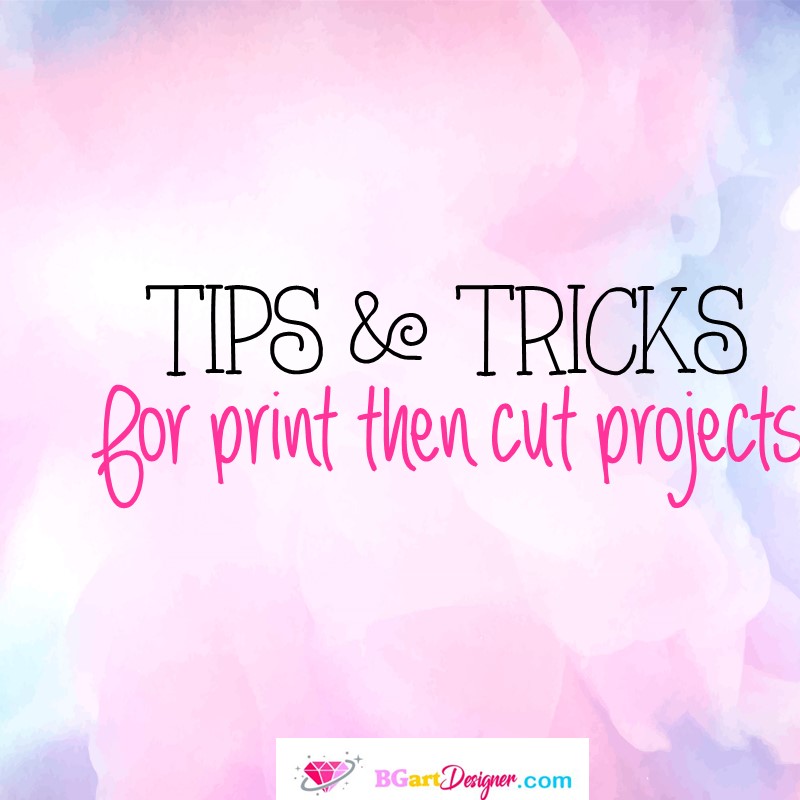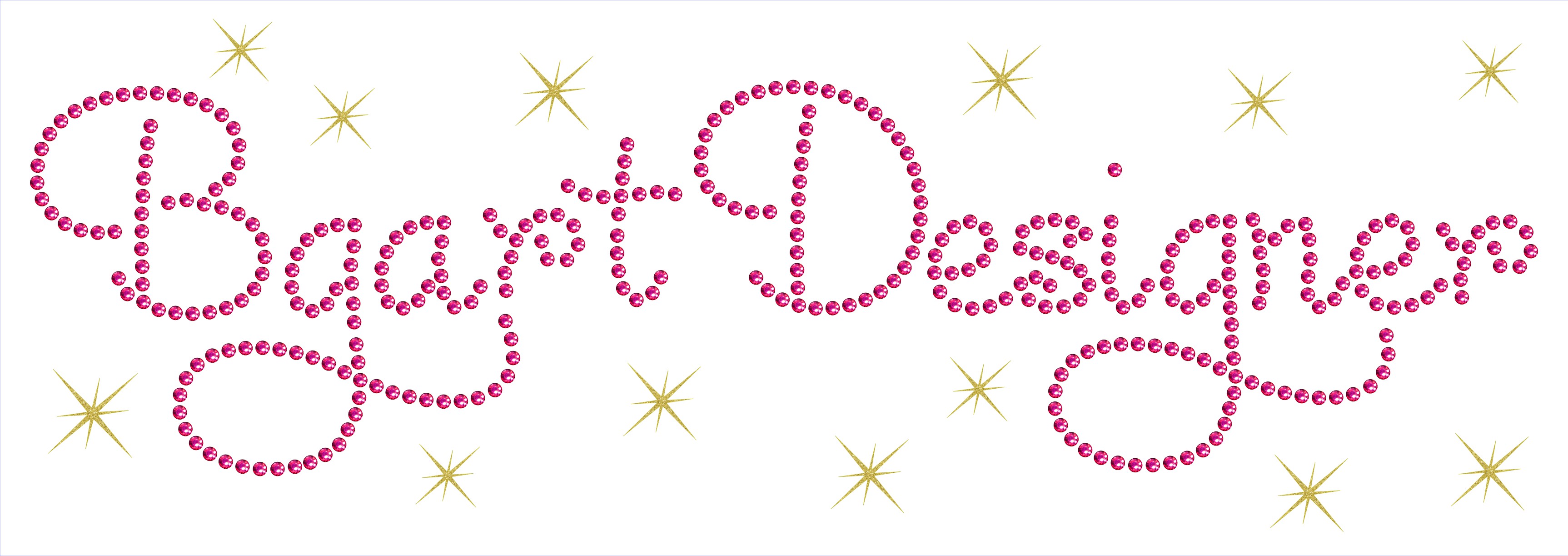Cricut Design Space, Cutting and Crafting
tips and tricks for Print then cut projects

Find lots of tips and tricks for print then cut projects! A feature of Cricut machines worth knowing about to create amazing personalized projects and gifts.
Print then Cut is a feature that Cricut machines have for creating projects. It is beneficial when the image involves either gradients or watercolor. It allows you to have a design with much more colors than when using regular HTV or vinyl that are just solid colors or patterns. In addition, it is useful when the image is a bit too intricate to weed, too intricate to cut with vinyl or too small to cut.
The print then cut technique works with printable vinyl, printable HTV, adhesive paper and water slides!
To create a print then cut project open Cricut Design Space on your computer. The first thing to do if you have never used this function is to go to the three small lines in the upper left corner. Click on them and select “calibration”. Calibrating the machine is important because it’s going to help the machine line up with the registration marks and get the cut as close to the design as possible.


Go ahead and select the print then cut option to calibrate it. Cricut walks you through the whole procedure and it’s really easy, just follow along. For calibration, it is necessary to have a printer, a piece of printing paper, a cutting mat and the cutting machine.
Which format file to use
Now let’s talk about tips and tricks about file formats for print then cut projects. When it comes to print then cut projects, PNG format would be ideal. This is because it has a transparent background and Cricut Design Space can detect it as a print then cut image. To use PNG file format, upload the image, and choose the “complex” option.
You will see the design on top of a checkerboard, which means it has a transparent background. Click continue and select the “print then cut image” option. Remember that PNG file formats don’t have separate layers. The JPG format will also work but you will have to erase the background to make the cut lines appear.
On the other hand there is the SVG format. It also works, but there are some different steps to follow in order to use it. With SVG file formats the machine will automatically detect a cut file instead of a print then cut file, but we can easily fix that.
At BGArt designer there are different designs that work for print then cut projects. The same design is in different formats so you can choose the one you prefer.
SVG-PNG tips and tricks for print then cut
When uploading SVG designs it will take us directly to a cut image option. Don’t worry about that just click on “upload”. To convert the cut image into a print then cut image just select all the design and click on “flatten”.
As a recommendation always flatten with an offset or a shape as a background; that way the machine will only cut the edges of the design and not all the interior pieces of it one by one. For both PNG and SVG format it is best to create an offset to use the print then cut function.
To do that click on the offset drop-down menu. An outline will appear around the image. Change the color of the offset because remember that it will be printed. Only for SVG formats to create the offset it is necessary to select “weld offset” in the settings. This is to create a single outline around the design and not individual outlines around the pieces.

Here is the trick to differentiate PNG and SVG procedures for print then cut projects. When using PNG formats once the design is finished you must select all the pieces and click “attach” in the lower right corner. In the case of SVG formats you must use the “flatten” tool to convert the cut image into a print and cut image.
Print then cut settings
The last thing to do is to fill the page with the designs to don’t waste material. That’s because once the sheet of paper is cut it’s not possible to put it back in the printer. The print then cut function also has a restricted mat size which is 6.75 inches wide by 9.15 inches high.
There are also tips and tricks to use on the cricut canvas for print then cut projects. To make sure all images will fit on it, create a template with that size and start placing the designs. Then click on make it, if an image appears on a second page go back and make it smaller.
Printing settings
The first thing to do in the print settings is to uncheck the ” adding bleed” option. Since the designs already have an offset, it is not necessary to use this feature. Bleed is a small extension of the color away from the edges of the design. This setting is useful for cutting the project as close to the edges as possible so that you do not have white space in the cut design.
After that, select “use system dialog” and then click on “print” a window with specific settings for printing will appear. These are the most common and universal changes to have a better result but there are other changes that you can apply by testing, as each printer is different.
Go to “preferences” and change the quality from standard to high. Change also the paper type and select the “premium matte presentation paper”, click “OK” and finally print the design.Before proceeding with the print then cut project, make sure your printer is an inkjet printer. The second thing to do is to figure out how to orient the paper in the printer so that it prints on the correct side.
The printed image will have a solid black square around the design. That is the registration mark that the Cricut cutting machine will read. It’s supposed to be there, so don’t cut it out. The last step is to cut the image. Place the paper in the upper left corner of the mat to make it easier for the machine to read the registration marks. Send it to be cut and that’s it.
